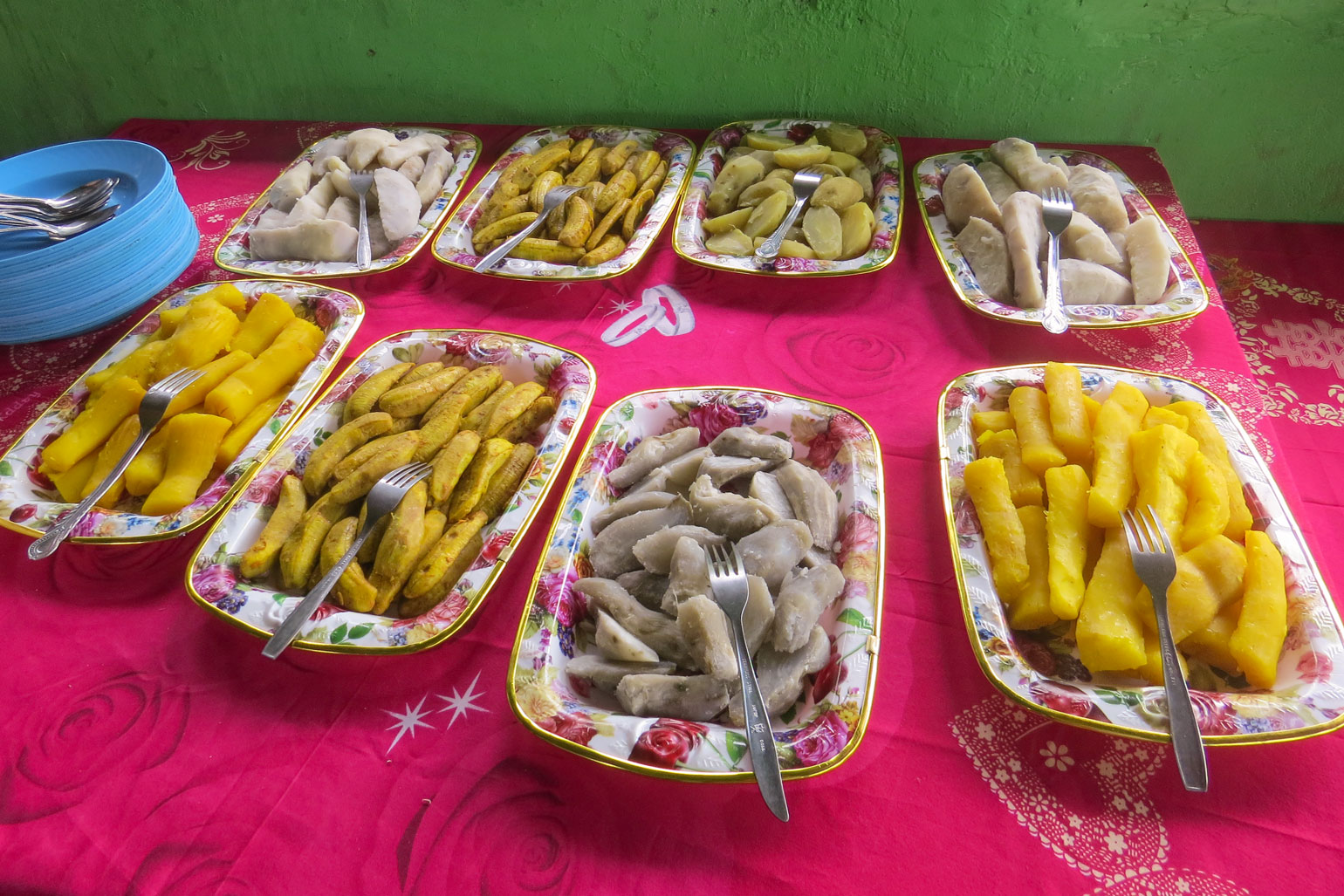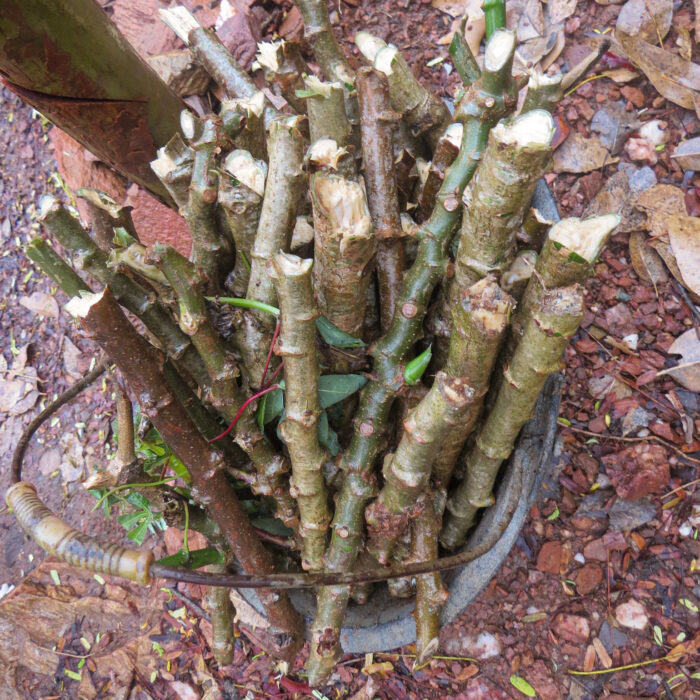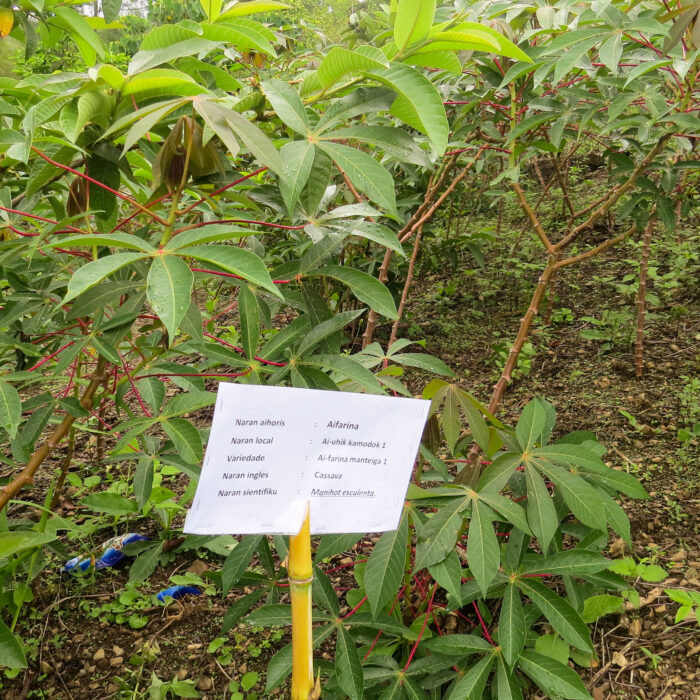Where is cassava from?
May 11, 2021The starchy, drought tolerant cassava grows well in poor soils, making it an important crop to grow where others can’t survive. But where’s its centre of origin?

Cassava (Manihot esculenta), also called manioc or yuca, is a drought-tolerant crop that originated in South America, possibly from a vast tropical savanna known as the Cerrado in present-day Brazil. Domesticated cassava began spreading away from that area as early as 10,000 years ago.
Today it is cultivated around the world, mainly for its starchy root. The hardy plant grows well in marginal soils, making it an important crop to grow where others can’t survive. As many as 500 million farmers around the world make their livelihood from cultivating this crop.

Besides its water content, cassava root is almost purely carbohydrates, so it isn’t overly nutritious. But what it lacks in vitamins it makes up for in versatility. It can be used in many of the same ways as a potato, mashed or served as fries, or made into starchy cakes or breads. Farmers also use cassava as livestock feed.
Cassava is propagated by cutting the stems into sections and planting them prior to the rainy season. Check out the video below featuring a farmer we work with in Timor-Leste doing a cassava planting demonstration.
An important crop for food security in Timor-Leste
Cassava is an important crop for the farmers we work with through our partner organization, RAEBIA, in Timor-Leste. There is a whole demonstration plot outside the SeedChange-supported community seed bank in the village of Batara, dedicated to it!


Alongside other household crops, farmers grow seven different cassava varieties as part of a living seed bank. Farmers from around the country can visit the seed bank and demonstration plot, evaluate the varieties in terms of their own growing requirements, and learn from other farmers’ experience with each. Farmers can then access the stems of varieties they feel are best for their own cultivation.

Cassava trivia
Did you know that tapioca starch, popular for use in gluten-free baking and to make the pearls in bubble tea, comes from the cultivated roots of the cassava shrub?
This woody perennial is the third-largest source of carbohydrates in the tropics, after rice and maize.
Manioc contains cyanogenic glucosides in different levels depending on the variety, and should not be eaten raw!
